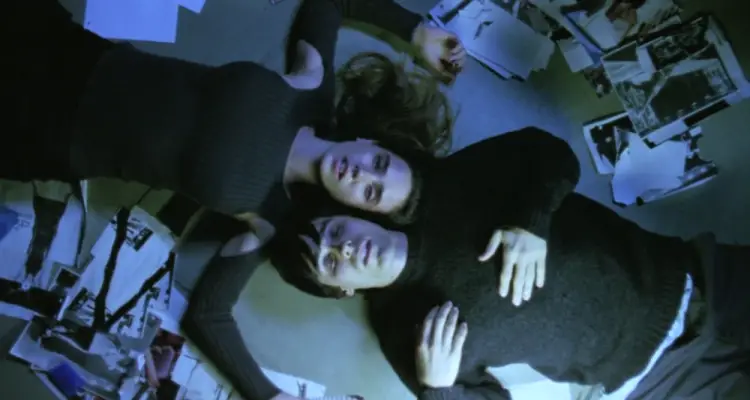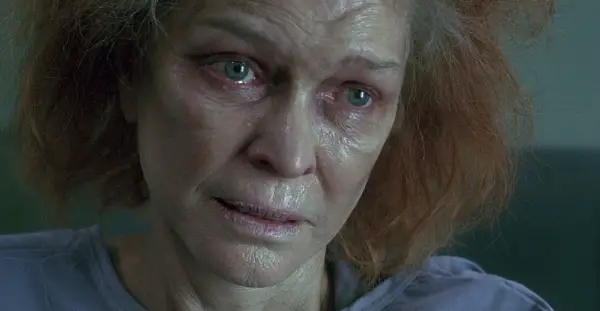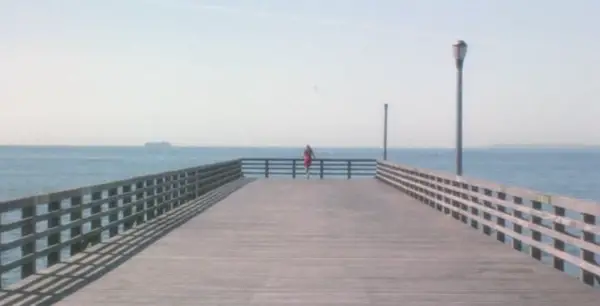How to Analyse Movies #4: Considering The Camera

Manon de Reeper is the founder and CEO of Film…
In earlier instalments of How To Analyse Movies, we discussed film language, how meaning is created in film through the use of signs, codes and conventions and most recently, we covered mise-en-scène and editing.
In this chapter, we’ll discuss the camera and how it too can create meaning and how important it is to know about the way the camera is used to analyse a movie.
The way the camera has been positioned or has been used too can create meaning, and it’s very important to know how it has been positioned and to analyse a film in its whole. Positioning and use of the camera are conscious decisions made by the filmmakers involved, and so can have a significant impact on how a film is read.
To give you a quick impression of all the ways the camera can be used, we’ll quickly discuss different kinds of shot types, camera angles and finally, camera movement.
[membership level=”0″]Sorry! This article is part of our Premium Content. Please subscribe to unlock our fantastic HOW TO ANALYSE MOVIES series, and thousands of other terrific articles! Go here to become a member. It’s just $25 per year.
OR, buy Film Analysis For Beginners: How To Analyse Movies on Amazon for $4.99.
Film Analysis For Beginners: How To Analyse Movies
[/membership][membership level=”3,5,6″]
Shot Types
A shot is what is seen in just one frame. It can be used to set the scene or the mood, demonstrate aspects of the film’s setting, characters and themes. Consequently, they are very important when it comes to creating (and reading) the meaning of a film.
Long Shots
An establishing shot, or extreme long shot (also sometimes referred to as wide shot), is a shot that helps to set the scene. It’s also often used at the start of a scene; it establishes the location of the scene and gives the audience an idea of where they are in the narrative. It frequently features large amounts of landscape.
The long shot (less long than an extreme long shot) also establishes a scene but shows something more specific than just landscape, for instance, the façade of a building where the scene’s taking place.
The Mid-shot
The establishing shot is frequently followed by a mid-shot, to zoom in on the focus of the scene. A mid shot is usually considered to be a view of a full-length human, although in some film styles, like in European film, a shot of a person from the waist up is considered a mid-shot. The mid-shot is also known as a social shot.
The Close-up
While in European film, a shot from the waist up is considered a mid-shot, in some film styles, that’s already considered a close-up. So, depending on who you’re talking with, a close-up can range from a shot of a person from the knees up, from the waist up, or merely the face.

The close-up is also known as a personal shot. It allows the audience to see an actor’s emotions up close, allowing the filmmakers to establish empathy.
Additionally, there is also the extreme close-up, in which only part of an actor’s face or part of an object is shown. It’s frequently used in horror and can add to the intensity of the mood.
The Point-of-view Shot
Finally, there is the subjective point-of-view (P.O.V.) shot, an eye-line shot where the spectator sees what the character sees, which helps give the audience the sense they are part of the scene themselves.
Camera Angles
Camera angles can greatly help set the tone of the movie, and almost always signify meaning. A great example is when a character is filmed from a high angle, which suggests that the one viewing (whether character or audience) the subject from that higher angle is superior, the subject inferior.
Conversely, a low angle can mean that the audience is supposed to look up to the subject of the shot (literally and figuratively), or that the character doing the looking up is submissive, or weak.
An example of use of angle with a P.O.V. shot is in films where ranks are important. When an emperor or king sits high up on his throne and the P.O.V. high angle shows the ruler looking down over his subjects.

In that vein, an eye-level angle places the audience and/or the characters on equal footing.
Camera Movement
Camera movement too is very important in the creation of meaning. For instance, a zoom into a close-up of someone’s face can suggest a certain emotion or emphasize on it.
Panning across battlefield can suggest endless chaos. Panning is often used to establish a setting or set. A P.O.V. handheld camera shot creates tension and increases involvement by adding to the feeling of the spectator being part of the action, which is often used in the ‘found footage’ genre.
Lastly, a “tracking” or “dolly” shot follows the subject to it within the frame, or gives the filmmakers explore a set by moving through it, giving the audience a sense of the situation. In the case of tracking shots, the camera moves on tracks, and similarly, in a dolly shot, the camera is attached to a trolley to achieve the effect.
Practice
Films are designed and edited in such a way to prevent the audience from becoming aware of the camera. If they would be aware, it would ruin the viewers’ immersion in the film. That’s why it can be very hard at first to explore the positioning and use of the camera. Some practice would come in handy!
Watch Darren Aronofsky’s Requiem for a Dream (2000), or even just watch the trailer for the movie. It is a great example of a film in which shot types, camera angles and camera movement are used significantly to create meaning, involve the audience, and to display and evoke emotion.
[/membership]
Next in How To Analyse Movies:
You’re currently on part 4: Considering the Camera
Part 1: Introduction
Part 2: Signs, Codes & Conventions
Part 3: Mise-en-Scene & Editing
Part 5: Lighting, Sound & Score
Part 6: Story & Genre
Part 7: Iconography & Realisticness
Part 8: Putting it into Practice
Does content like this matter to you?
Become a Member and support film journalism. Unlock access to all of Film Inquiry`s great articles. Join a community of like-minded readers who are passionate about cinema - get access to our private members Network, give back to independent filmmakers, and more.
Manon de Reeper is the founder and CEO of Film Inquiry, and a screenwriter/producer. Her directorial debut, a horror short film, is forthcoming in 2021.













